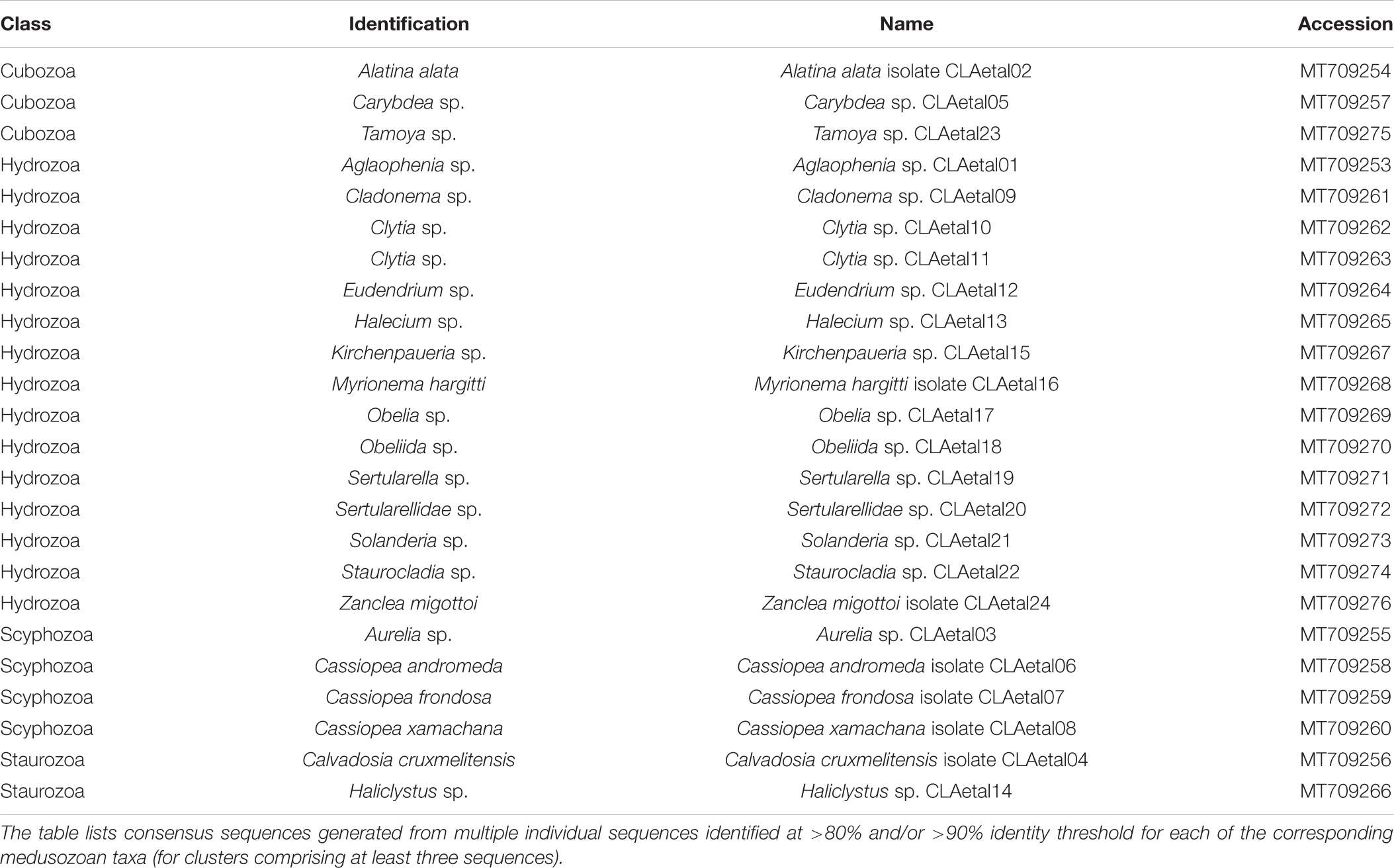
proliferation and spread (Mercante and Winchell, 2015). longbeachae) are responsible for human infections that are typically acquired through inhalation of contamination aerosol (Muder and Yu, 2002 Matsui et al., 2010 Cunha et al., 2016 European Centre for Disease Prevention Control, 2021 Rota et al., 2021).Īrtificial water distribution systems (WDSs) are considered the sites most associated with Legionella spp. Nevertheless, other Legionella non- pneumophila species (non- Lp species) (i.e., L.

Lp serogroup 1 ( Lp1), according to epidemiological data, is mostly associated with human infections (European Centre for Disease Prevention Control, 2021 Rota et al., 2021). Legionella pneumophila ( Lp) is the most common infectious agent involved in Legionnaires' disease and consists of 15 different serogroups. are gram-negative intracellular pathogenic bacteria, are ubiquitous in water and soil, and are represented by more than 66 species, some of which are potentially capable to cause a severe form of pneumonia, called Legionnaires' disease (Jomehzadeh et al., 2019 Parte et al., 2020). The characterization of the two newly discovered isolates based on morphological, biochemical, and microscopic characteristics is currently underway and will be described in another future study. The finding suggests that, during the culture technique, special attention should be paid to the characteristics of the isolates that are less associated with the Legionella genus in order to investigate the differences found using more sensitive methods. The strain characteristics, the differences between macrophage infectivity potential ( mip), RNA polymerase β subunit ( rpoB), and reference gene sequences, the average nucleotide identity (ANI) of 90.4%, and the DNA–DNA digital hybridization (dDDH) analysis of 43% demonstrate that these isolates belong to a new Legionella species. Traditional and novel approaches such as standard culture technique, MALDI-TOF MS, gene sequencing, and whole-genome sequencing (WGS) analysis were combined to demonstrate that isolates belong to a novel species.

This study describes the workflow performed during environmental Legionella surveillance that resulted in the isolation of two strains, named 8cVS16 and 9fVS26, associated with the genus Legionella. In addition, during Legionella surveillance, the special attention given to Legionella pneumophila leads to an underestimation of the prevalence and risk of infection for other species. The difficulty in Legionella isolation, identification, and typing results in a low notification rate therefore, human infection is still underestimated. We’ll find a way to make these choices less confusing in a future release.Legionella surveillance plays a significant role not only to prevent the risk of infection but also to study the ecology of isolates, their characteristics, and how their prevalence changes in the environment. But of course, we use the standard definition of <0.05. Some people have misunderstood this to mean that we define a single asterisk to mean P<0.0332. It shows one P value presented as “.033”, or as “0.033”, or as “0.0332” depending on the choice you made (note the difference in the number of digits and presence or absence of a leading zero). Prism 8.0-8.2 presents the choices for P value formatting like this: In this column, current versions of Prism simply write “Yes” or “No” depending on if the test corresponding to that row was found to be statistically significant or not. It would never places more than one asterisk. Prism would either places a single asterisk in that column or leaves it blank. In earlier versions of the software (Prism 6), the “Significant?” column would display a single asterisk if the t test for that row is statistically significant, given your setting for alpha and the correction for multiple comparisons. The multiple t test analysis is different than all the rest. Note that the first two choices (APA and NEJM) show at most three asterisks (***) and the last two choices will show four asterisks with tiny P values (****). P ≤ 0.0001 (For the last two choices only) APA (American Psychological Association) style, which shows three digits but omits the leading zero (.123). P values less than 0.001 shown as “ 0.05.

Each analysis that computes P values gives you four choices: Starting with Prism 8, Prism allows you to choose which decimal format Prism will use to report P values (information on previous versions of Prism can be found below).


 0 kommentar(er)
0 kommentar(er)
